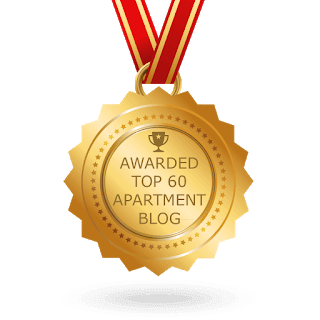Each year the researchers at personal finance publication WalletHub do a study to rank all 50 states on livability based on five categories: affordability, economy, education and health, quality of life, and safety.
Whenever the new results come out, the Gopher State consistently ranks in the top 10. For those already living there, that doesn’t come as a surprise, but if you don’t already know what it’s like (especially the pros and cons) living in Minnesota, we’re here to lay it out.
What are the pros of living in Minnesota?
- The job market is a strong one. Minnesota has one of the highest employment rates of any state in the country. Approximately 80% of adults between the ages of 25 and 54 are employed. Those who aren’t working are either looking for the perfect job or are happy with their choice. If you’re looking for a job in Minnesota, you’ll be able to find one.
- It has a comparatively affordable urban cost of living. According to current statistics, the cost of living in Minnesota is just below the national average, with housing in particular sitting at 11% below the national average. A large portion of the state is rural, however, which plays into those numbers. When it comes to the urban centers of Minneapolis and St. Paul, they’re more affordable than comparable Midwest cities like Chicago or Cleveland.
- It earns its nickname as the Land of 10,000 Lakes. Technically speaking, Minnesota is the land of 11,842 lakes and 69,200 miles of rivers and streams. It also boasts access to the Boundary Waters up north, Minnehaha Falls right in Minneapolis, and a number of other natural wonders, trails, and parks to explore throughout.
- There is a surprising depth of local culture and entertainment. It’s easy for people to assume that Minnesota is nothing but frozen tundra with nothing to do, but that couldn’t be further from the truth. The state brought us musical greats like Prince and Morris Day, with dedication to the art of lively local music continuing to this day. One-of-a-kind museum experiences like the Minneapolis Institute of Art, Science Museum of Minnesota, the SPAM Museum, the Pottery Museum of Red Wing, and many others also make their home there. There’s also a really cool 55-foot tall statue of the Jolly Green Giant a little ways off exit 119 on I-90 if that’s more your style.
What are the cons of living in Minnesota?
- The weather sucks. There’s no denying that Minnesota winters can be brutal. Average temperatures for January range between 7 and 24°F with average snowfalls for the same month greater than 12 inches. The icy, cold darkness isn’t something to take lightly. However, it’s important to know that if you ever need help scraping your windows or getting out of a ditch, someone will almost always stop to help you out.
- You have to drive to get anywhere. When you first move to Minnesota, the traffic can be frustrating. If you’re relocating from a big coastal city like Los Angeles, you won’t be phased, but Minnesota’s busy interstates can be overwhelming to transplants from other areas. Plan ahead if you’re going to be using I-94, I-494, I-35, or I-394 during rush hour and expect delays year round. Also: it’s not weird for it to take 15-20 minutes to get to most places in the metro.
- It has some of the highest regional tax rates. Property taxes in Minnesota are on par with the rest of the country, but income and sales taxes trend a few percentage points above average. Other savings tend to even things out, but if you’re on a fixed income this is something to keep in mind. One bonus is no sales tax on clothing purchases.
Interested in Moving to Minnesota?
We’ve got you covered. Contact our team for help finding a place to live in Minnesota that fits both your wants and your needs. We’ve helped plenty of other individuals, couples, and families find the right location, style, and space for their lifestyle.
